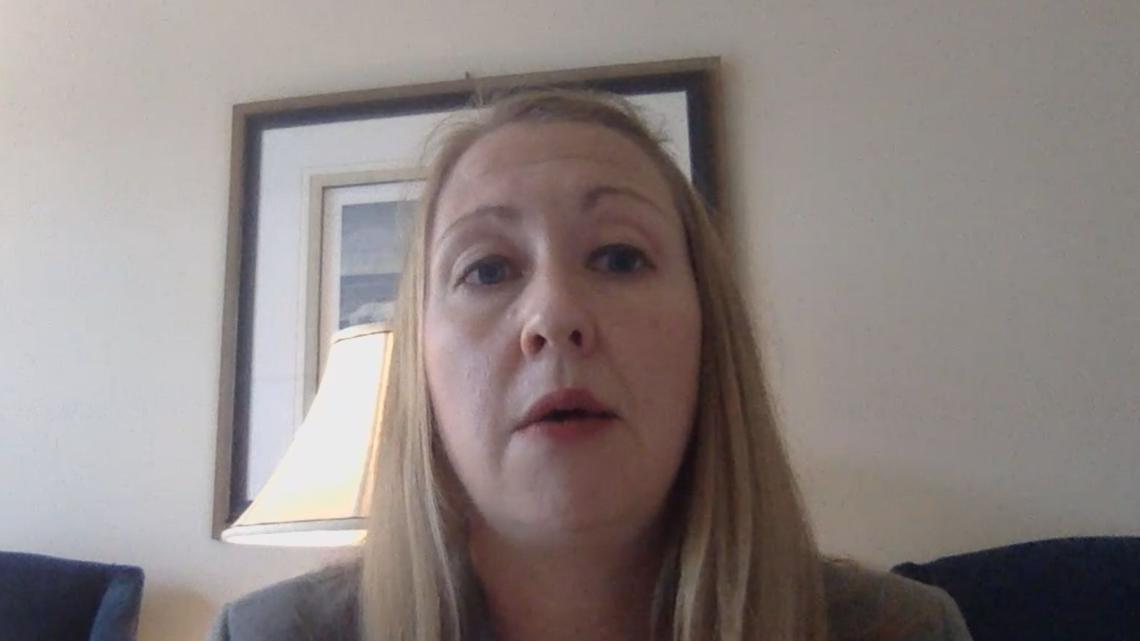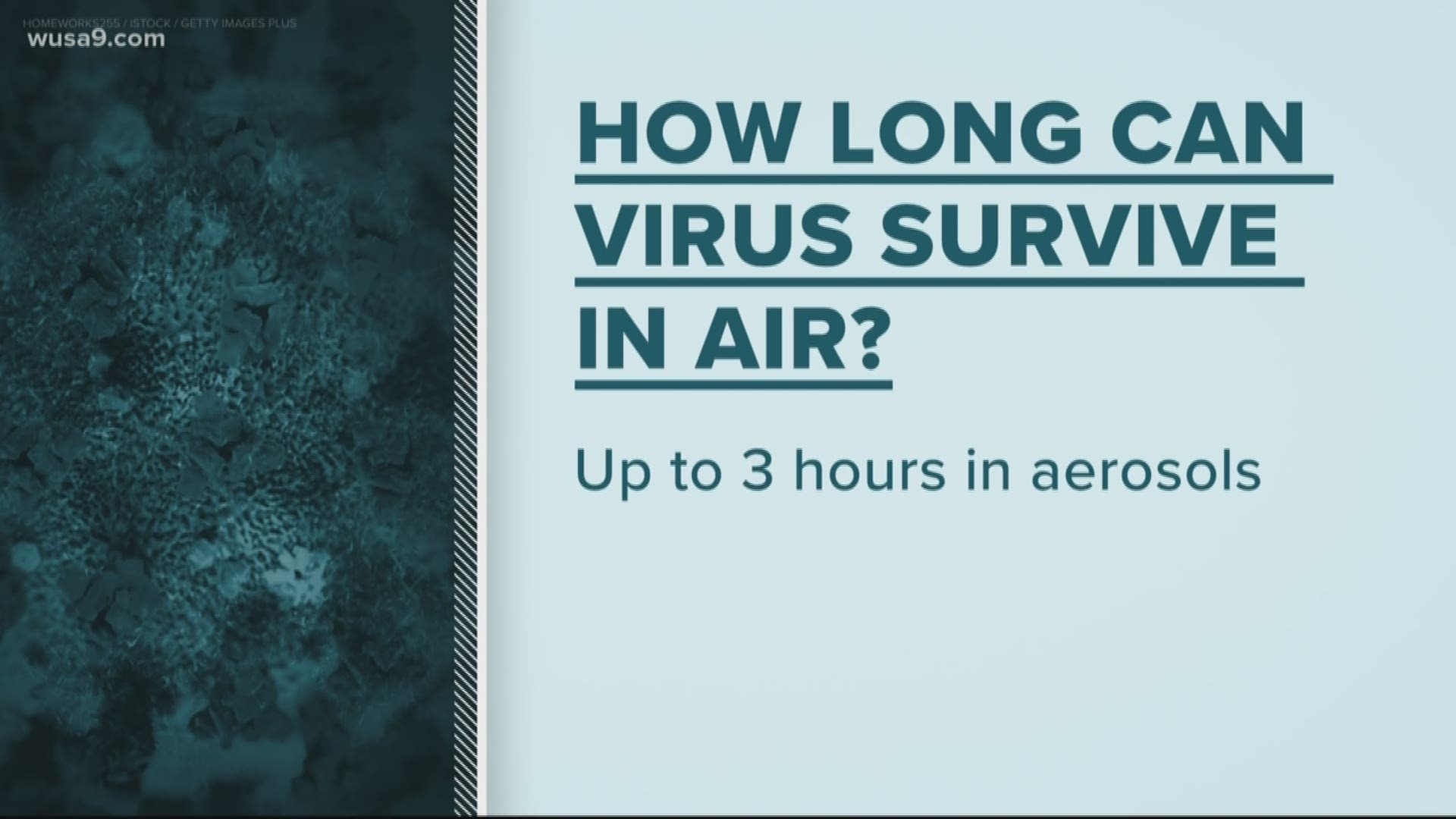WASHINGTON — Each day scientists and researchers learn more about the COVID-19 outbreak. There are some simple questions we felt needed to be cleared up by an expert.
WUSA talked through Skype to Georgetown University Virologist Dr. Erin Sorrell. Infectious diseases are Sorrell's wheelhouse. She explained that the coronavirus is called SARS-CoV-2.
The virus comes a from a family of coronaviruses. The actual disease that the virus causes, the respiratory infection, is COVID-19.
Another question people have about the outbreak is: How long does the virus live in the air? That research is still being conducted, but early reports show it can live in the aerosols for up to three hours.


"It does transmit in large air droplets from coughing and sneezing," Sorrell said. "It also comes from people being in close contact, between three and six feet."
What if you aren’t showing symptoms? Are you still contagious? This is not so simple to answer.
Some people are what is called asymptomatic: No symptoms to mild symptoms, but are still contagious. In other cases, the patient isn’t showing symptoms because the virus is incubating in the person’s body. It takes a few days to show symptoms after infection.
But it's hard to know who is asymptomatic and who is incubating.
"So social distancing measures like staying at home, thinking about keeping you distance three to six feet allows us to slow transmission of the virus," Sorrell said.
The idea of isolation of the public is not being done to stop the virus. It is to slow the spread of the virus, so the US health care system isn't overloaded during this crisis.

